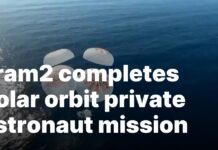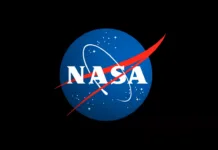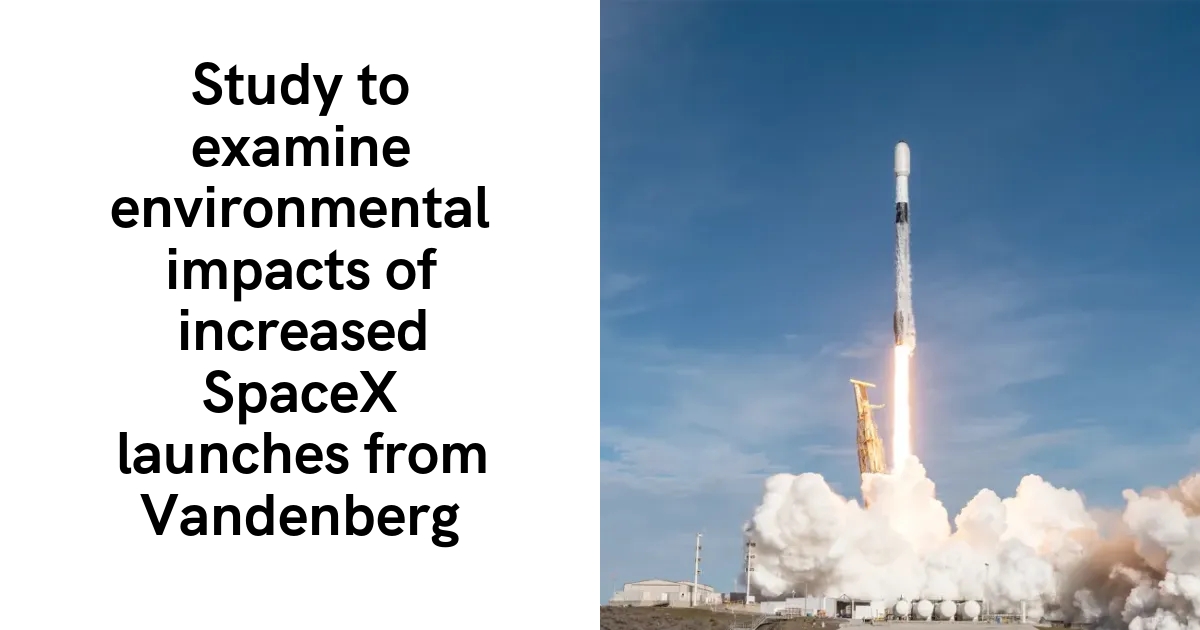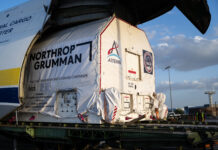SpaceX’s Expansion at Vandenberg: Opportunities and Challenges Ahead
In the ever-evolving landscape of space exploration and technology, SpaceX continues to make significant strides, particularly with its operations at Vandenberg Space Force Base in California. The company has been at the forefront of increasing the frequency of launches from this key West Coast location, yet this growth comes with its own set of challenges and considerations.
On December 28th, a SpaceX Falcon 9 rocket successfully launched from Vandenberg, deploying 22 Starlink satellites into orbit. This launch marked the 46th and final orbital mission of the year from Vandenberg, a number not seen since the 1960s, showcasing a remarkable uptick in activity. Just a few years ago in 2020, the base saw a solitary orbital launch, which was also a Falcon 9. Fast forward to 2024, SpaceX has dominated the launch schedule at Vandenberg, with the exception of a single launch by Firefly Aerospace’s Alpha rocket in July.
The Department of the Air Force has now initiated an environmental impact statement (EIS) to potentially accommodate even more launches. This EIS is a comprehensive study required to assess the environmental consequences of significant developments. In this case, it aims to evaluate the impact of increased SpaceX launch activities at Vandenberg, specifically considering the use of a second launch pad. The proposed expansion includes refurbishing Space Launch Complex 6 (SLC-6) to support Falcon 9 and Falcon Heavy launches. SpaceX was granted access to this site, also known as "Slick Six," in 2023, following the last launch of United Launch Alliance’s Delta 4 from the same site.
SLC-6 has a storied history, originally constructed in the 1960s for the Air Force’s Manned Orbiting Laboratory program, which was ultimately canceled before any launches occurred. It was later adapted for Space Shuttle launches but was never used due to the Challenger disaster. The site was revived in 2006 by ULA, but it now stands ready to be utilized by SpaceX.
The EIS would enable SpaceX to conduct up to 100 launches annually using both SLC-6 and its existing launch pad at Vandenberg, SLC-4. This includes the potential for booster landings at both sites as well as on drone ships positioned downrange. The Department of the Air Force underscored the necessity of this action to support current and future U.S. government space launch requirements, particularly for missions requiring medium and heavy-lift capabilities to reach polar, geostationary, and other orbits. The aim is to enhance launch capacity on the Western Range without compromising existing launch capabilities.
Public participation is an integral part of the EIS process. The Department of the Air Force has scheduled three in-person public meetings in Ventura, Santa Barbara, and Lompoc, California, from January 14th to 16th, along with an online session on January 23rd. These meetings serve as platforms for the public to voice their opinions and concerns about what should be included in the EIS. Comments will be accepted until January 27th.
The EIS outlines an expedited timeline, with the final version expected in the fall, alongside a record of decision specifying which course of action will be pursued. The study presents two nearly identical options, differing only in the hangar facility SpaceX would utilize at SLC-6, along with a "no action" alternative.
However, the path to increased launch activity is not without opposition. In October, the California Coastal Commission voted against a "consistency determination" by the Space Force to increase the number of Falcon 9 launches from 36 to 50 annually at Vandenberg. Although this decision was largely symbolic, as the commission lacks the authority to block launch increases outright, it garnered attention due to opposition rooted in unrelated comments by Elon Musk, SpaceX’s founder, and concerns over the company’s business practices. SpaceX responded with a lawsuit, accusing the commission of "naked political discrimination."
Beyond these political dynamics, genuine environmental concerns underpin much of the debate. Critics, including environmental organizations and local residents, have expressed worries about the environmental impact of increasing launches. Calls for delaying any increase from 36 to 50 launches per year have been made until more data can be gathered on the effects of the current launch frequency. Noise pollution is another significant issue, with sonic booms from launches and landings raising fears about potential damage to homes and causing distress among residents.
These noise concerns have reached the federal level, prompting Congress to address them in the National Defense Authorization Act. The Act highlights the increasing frequency of national security space launches and acknowledges the disruptive nature of noise, especially sonic booms, on nearby communities. It suggests the Department of Defense should explore noise mitigation programs similar to those for military aviation, which would involve installing noise-reducing insulation in affected buildings.
Representative Salud Carbajal, whose district includes Vandenberg, played a key role in inserting this language into the report. He has been vocal about the growing concerns among Central Coast residents regarding the noise burden from increased launch activity. Carbajal emphasized that these issues cannot be ignored, and Congress is taking them seriously.
In conclusion, while SpaceX’s expansion at Vandenberg presents exciting opportunities for the future of space exploration and commercial launches, it also necessitates careful consideration of environmental and community impacts. The ongoing EIS process and public engagement will be crucial in balancing these factors and ensuring that growth aligns with both technological aspirations and environmental stewardship.
For more detailed information, you can visit the Space Force’s dedicated EIS website.
For more Information, Refer to this article.


































